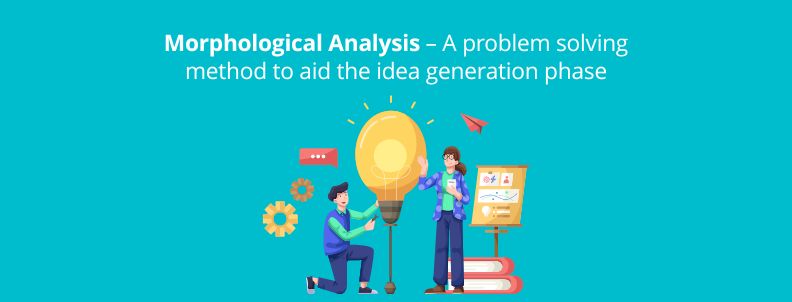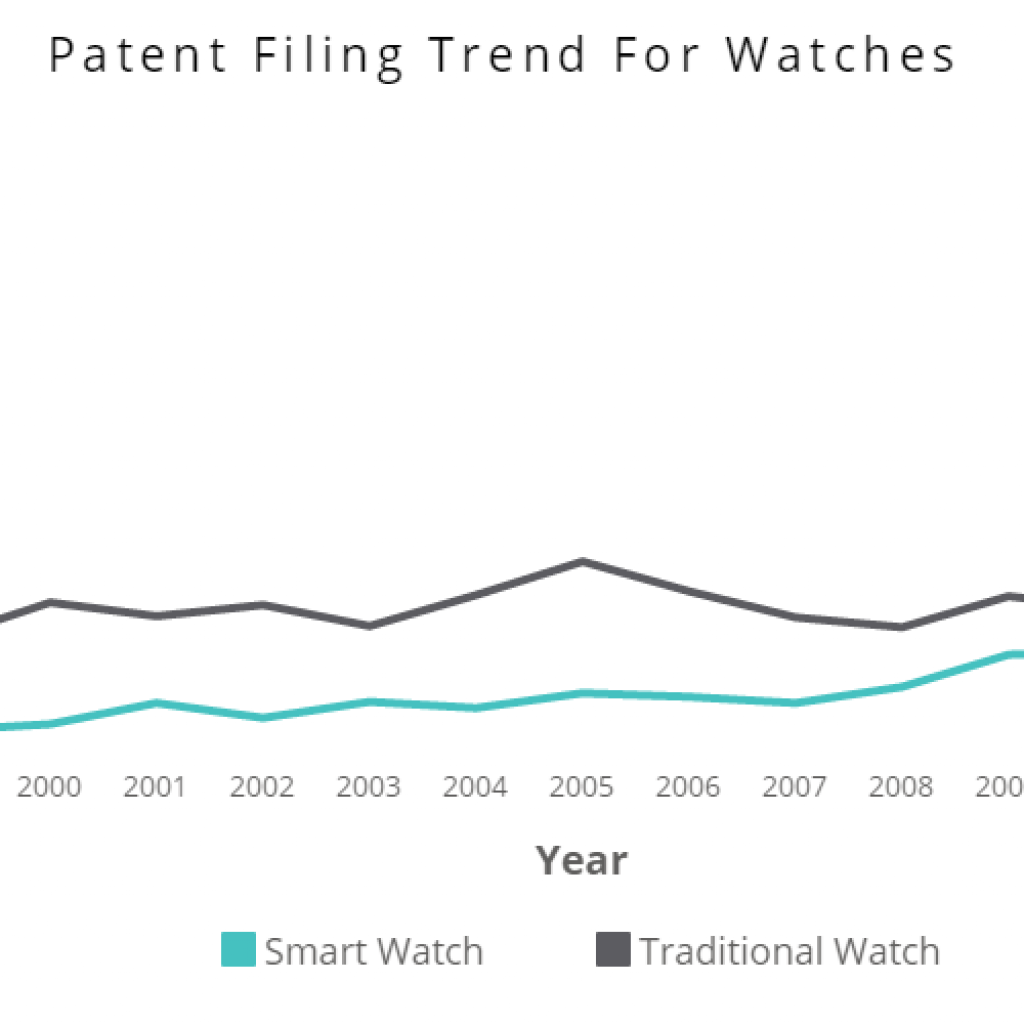Morphological analysis is simply an ordered way of looking at things.
~Fritz Zwicky
Morphological analysis was invented by Fritz Zwicky, a Swedish astrophysicist who used morphological analysis to solve a lot of incoherent aerospace and astronomical problems. He used it to develop jet and rocket propulsion systems in classifying astrophysical objects and other complex aspects like the legal aspect of colonizing space.
Morphological analysis is all about breaking a seemingly complex thing into different fundamental units, eliminating inconsistencies, and then creating a link between the remaining units to solve a problem.
If you are someone who has dismantled toys in childhood, this method is for you. You will get a chance to dismantle products/processes without physically dismantling them. And the fun is going to be almost the same.
Apart from Morphological analysis, you will find 4 other idea-generation techniques in our report. Fill out the form below to request the report.

General Morphological Analysis over Mathematical Modeling
In crooked problems with multiple governing factors, a mathematical model that breaks the problem into different components and drops trivial ones fails. The trivial components considered insignificant during the analysis may become significant, and the model may collapse.
In contrast, General Morphological Analysis (GMA) is a sound method to deal with such non-quantifiable problems. Every problem component gets considered and thoroughly investigated without putting it in the bracket of insignificant. In essence, GMA turns a mess into structured problems.
One of the greatest mistakes that can be made when dealing with a mess is to carve off part of the mess, treat it as a problem and then solve it as a puzzle — ignoring its links with other aspects of the mess.
~~Michael Pidd
Applications of General Morphological Analysis
The applications of GMA are far wider. Morphological analysis could be used from engineering design to policy analysis, from product design to scenario development. When used as a brainstorming technique, it could help in the idea generation phase and can help in new patent ideas, product ideas, and the like.
Zwicky used it to solve general problems of astronomy — Observation of celestial phenomena, designing a new telescope, and engineering design to develop propulsion systems. Recently, researchers have been found using the method in organization design and transformation and scenario modeling.
William J. Dartnall of the University of Technology Sydney used GMA for innovative mechanical design. Álvarez & Ritchey, in their research article, Applications of General Morphological Analysis, give numerous examples from 80 published applications of GMA.
How to Perform Morphological Analysis?
We can divide the complete morphological analysis into four different steps, which are as follows:
Problem (identifying and defining the parameters)
The morphological analysis investigates all possible parameters, a wicked problem. Hence, the first step is defining the problem clearly and concisely and breaking it down into different parameters and the possible values of those parameters.
Constructing the Zwicky Box
The next step involves the construction of an n-dimensional matrix. The number of columns in the matrix equals the number of parameters of a wicked problem. Cells under each column contain the value of a parameter.
For example, consider a publisher contemplating various parameters before publishing a book. His problem complex has five parameters: bind type, cover type, size, paper color, and interior, which have 3,3,2,2,2 values respectively. This will lead to a Zwicky box of the below type having 3*3*2*2*2=72 cells, each cell having five parameters — one value from each column. For example, Saddle Stitch, digest, hardcover, colored, cream.

Cross Consistency Assessment
This is the vital step of the GMA. CCA helps you reduce inconsistent pairs of combinations in a Zwicky Box. For example, in our case, the combinations where colored and paperbacks appear together and spiral and paperback appear together could be nixed from the final set of analyses. CCA can reduce a Zwicky Box to 90%, or even in some problem complexes, to 99%. In essence, CCA acts as a garbage detector in a Zwicky Box.
There are three principal types of inconsistencies involved in the cross-consistency assessment: purely logical contradictions (i.e., “contradictions in terms”); empirical constraints (i.e., relationships judged to be highly improbable or implausible on practical, empirical grounds), and normative constraints (although these must be used with great care, and clearly designated as such).
Input/Output
After you have reduced the Zwicky Box to consistent combinations, you move ahead with the final step of the analysis, where you lock a particular variable(input) under a parameter and find the number of existing combinations.

For example, in our problem, we locked the paperback and asked Zwicky Box to help us find possible combinations. The blue cells are corresponding outputs. You can even have multiple inputs. For example, in Zwicky Box (2), we locked Paperback, white.

Consider exploring this research paper where Norris Brothers used the GMA to design the historical Bluebird K4 boat, the record-breaking Bluebird CN7 car, and the Bluebird K7 hydroplane.
Morphological Analysis during the idea generation phase of innovation is highly interesting in the Patenting field. MA enables the innovator to systematize the creativity process and optimize the results by delivering as many solutions as possible quantitatively.
Want to know more about the scenarios where Morphological Analysis helped innovators? Stay tuned for our upcoming blogs by subscribing to our newsletter.







